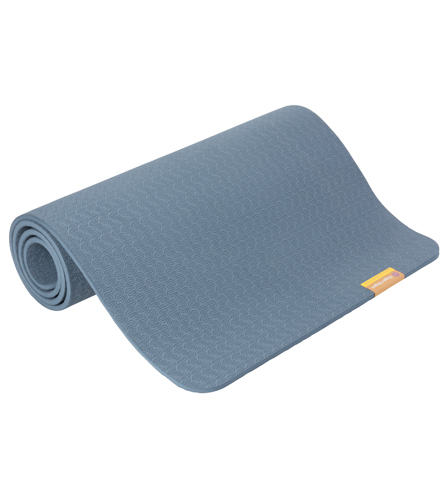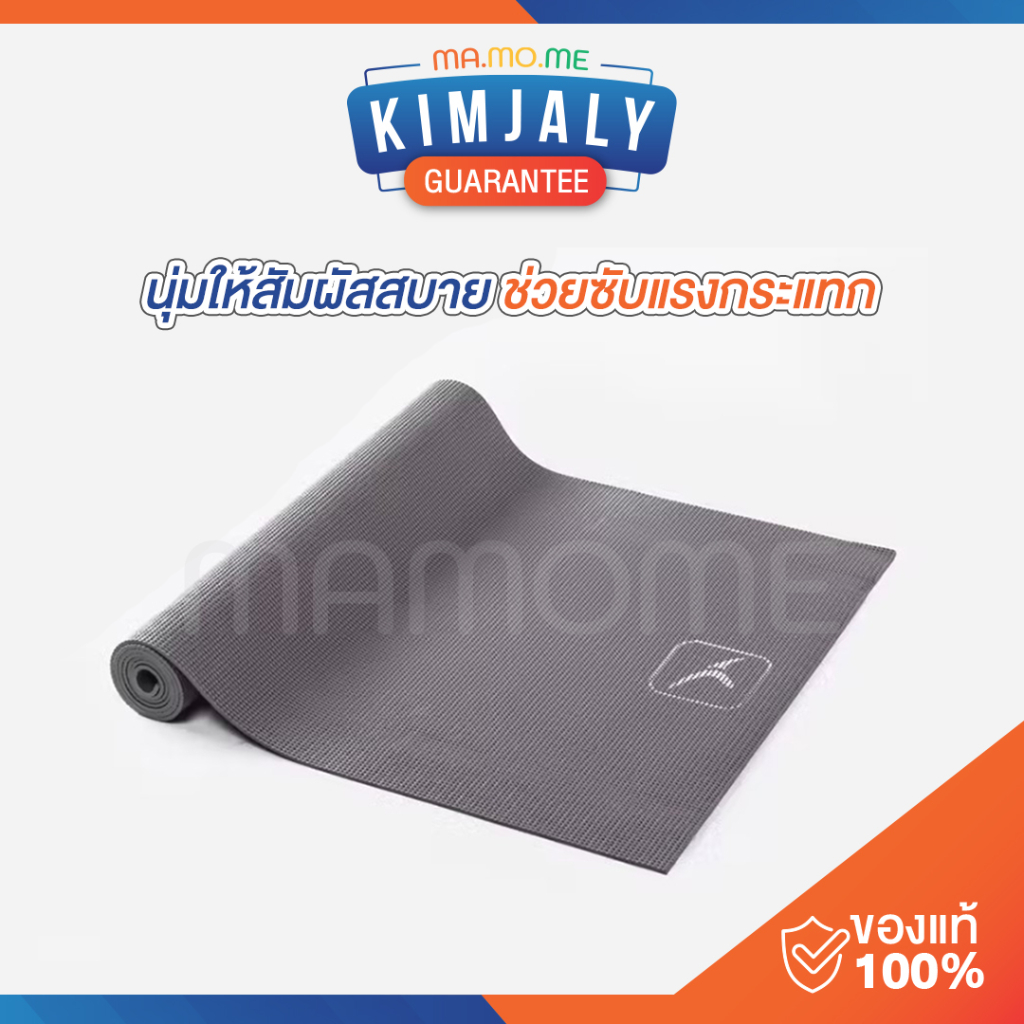Discover Pandipedia
Pandipedia is the world's first encyclopaedia of machine generated content approved by humans. You can contribute by simply searching and clicking/tapping on "Add To Pandipedia" in the answer you like. Learn More
Expand the world's knowledge as you search and help others. Go you!

The adoption of smart home devices is reshaping how households manage energy consumption, leading to significant savings and enhanced efficiency. These devices utilize advanced technology to optimize energy use, which can help reduce electricity bills and minimize environmental impact.
Smart Devices and Energy Efficiency

Smart home technologies, such as smart thermostats, lighting systems, and energy-efficient appliances, are designed to improve energy consumption by making homes more responsive to the needs of residents. For instance, smart thermostats can learn from user behavior, automatically adjusting heating and cooling settings according to occupancy patterns and preferences. This feature allows homeowners to save energy without sacrificing comfort, as the system can prevent heating or cooling an empty house. According to reports, the installation of smart thermostats can lead to savings of up to £311 off energy bills annually[7].
In addition to thermostats, smart lighting offers another layer of control and efficiency. These systems can adjust automatically based on the time of day or occupancy—turning off lights in unoccupied rooms or dimming them according to natural light levels. This adaptability not only contributes to lower energy usage but also enhances the overall convenience of home environments[7][8].
Peak Demand Management

Smart home technology also plays a pivotal role in managing energy consumption during peak demand hours. Devices like SmartCharge, developed in research initiatives, intelligently switch between battery power and grid electricity based on real-time energy costs. By managing when energy is drawn from the grid, these systems help reduce strain on electric grids during rush hours, which typically necessitate more expensive energy production methods. In turn, this could lead to reduced costs for both consumers and utility providers[2].
The integration of smart meters facilitates this process further by providing real-time data on energy usage, allowing users to monitor and adjust their consumption patterns to take advantage of lower rates during off-peak periods[8]. This information is instrumental for consumers looking to optimize their energy expenditure, as it encourages shifts in usage to times when electricity is cheaper.
Cutting-Edge Technologies for Savings
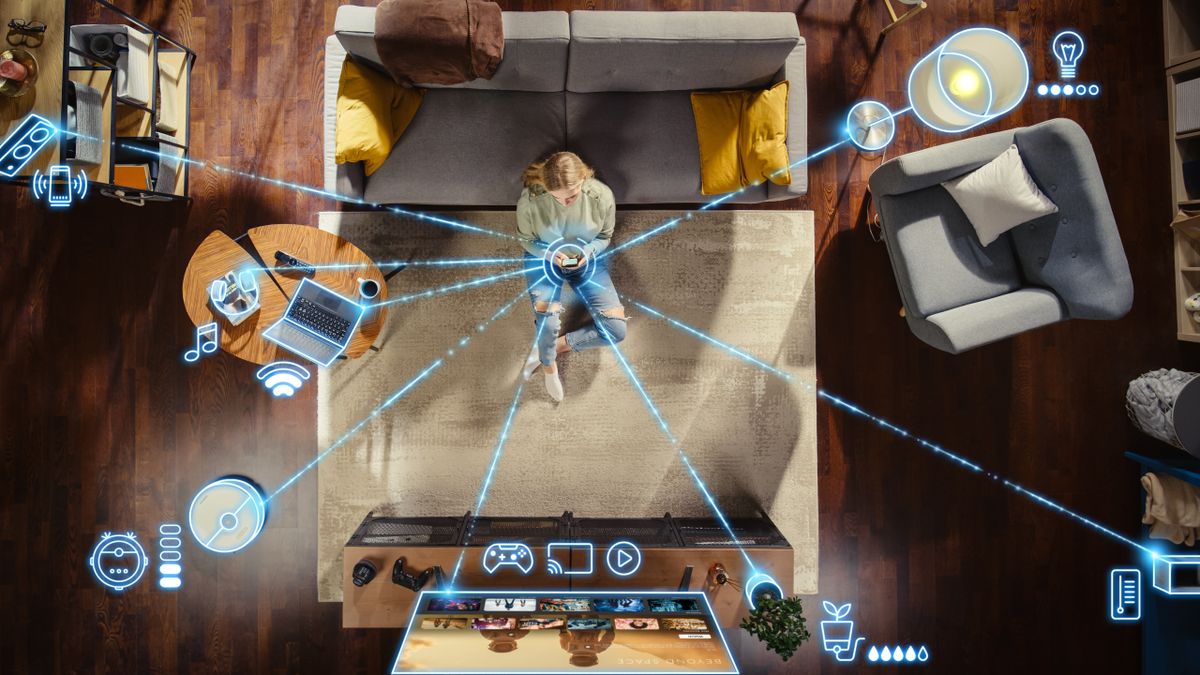
The advancements in smart home technologies contribute not only to energy savings but also to a reduction in carbon footprints. Devices such as smart appliances, which are increasingly available in the market, boast energy efficiency ratings that significantly outpace traditional models. For example, energy-efficient refrigerators and washing machines designed with smart capabilities can adapt their operations based on user patterns and external conditions, optimizing energy use throughout their cycles[5][8].
Furthermore, smart home systems can integrate with renewable energy sources, leveraging solar panels and home batteries to maximize the use of green energy. This capability is crucial in enhancing the overall sustainability of a household, allowing for a more significant reduction in reliance on fossil fuels[3][8].
Future Trends in Smart Home Energy Management
As the market for smart home devices continues to grow, more residents are expected to embrace energy-saving technologies. By the end of 2024, projections indicate substantial increases in smart home adoption, with over 20% of UK households utilizing such technologies to optimize their energy usage[3][8]. This trend is set to rise even further, with forecasts suggesting that by 2027, nearly half of all homes will integrate smart technology for energy management[3][7].
The implementation of standardized protocols, such as Matter, aims to facilitate the compatibility of various smart devices across different ecosystems, making it easier for consumers to build comprehensive smart home solutions that enhance energy efficiency. As interoperability improves, users will benefit from seamless automation and better energy management across all their devices, creating a more integrated and efficient home environment[4][6].
The Role of AI and Automation
Artificial intelligence (AI) is another critical factor driving the evolution of smart home technology. AI-enabled devices can learn from household dynamics, adjusting settings proactively to ensure energy savings. For instance, a smart thermostat equipped with AI can make real-time adjustments based on weather patterns and user habits without requiring constant inputs from homeowners. This level of automation not only simplifies usage but ensures maximum efficiency and potential savings on energy bills[4][7][8].
Conclusion
In summary, smart home devices are revolutionizing energy management within households. By offering advanced functionalities that promote efficiency, automation, and integration with renewable energy sources, these devices not only help reduce costs but also promote sustainable living practices. As technology continues to advance and consumer adoption increases, the future of smart homes promises even greater possibilities for energy savings and environmental benefits. The integration of smart technologies is more than just a convenience; it is a vital step toward achieving a more sustainable and efficient way of living.
Let's look at alternatives:
- Modify the query.
- Start a new thread.
- Remove sources (if manually added).
- Request a manual search from our human research team.

A digital nomad security plan should encompass both physical and digital safety measures. Digital nomads work remotely from various locations, often relying on public Wi-Fi, which exposes them to several security risks. To mitigate these risks, they should adopt the following strategies:
Use Strong Passwords: Digital nomads must utilize strong and unique passwords for all accounts to guard against unauthorized access. A strong password typically contains at least 16 characters and combines uppercase and lowercase letters, numbers, and special characters. Password managers can help in managing these complex passwords[2][4].
Enable Multi-Factor Authentication (MFA): Implementing MFA adds an additional layer of security, requiring a form of verification beyond just a password[2][3].
Utilize a Virtual Private Network (VPN): VPNs encrypt internet connections, making it difficult for cybercriminals to access sensitive information, especially when connected to public Wi-Fi networks. This is crucial for maintaining privacy and preventing data interception[1][4].
Avoid Public Wi-Fi When Possible: Digital nomads should limit the use of public Wi-Fi. Instead, they should consider alternatives such as private Wi-Fi networks or mobile hotspots, which are generally more secure[5] .
Regular Software Updates: Ensuring that all devices, operating systems, and applications are up to date helps protect against vulnerabilities that could be exploited by attackers[4][5].
Physical Device Security: Digital nomads should secure their devices physically. This includes never leaving devices unattended in public places and using security measures, such as cable locks and privacy screens, to prevent theft and unauthorized access[1][2].
Data Encryption: Sensitive data should be encrypted, both during transmission and when stored. This means using tools that allow for the secure sharing of information[4] .
Back-Up Data: Regular backups to trusted cloud storage or external hard drives protect against data loss due to device theft, damage, or system failures[2][3].
Implementing these strategies will help digital nomads maintain the security of both their personal and professional data while enjoying the flexibility of remote work.
Let's look at alternatives:
- Modify the query.
- Start a new thread.
- Remove sources (if manually added).
- Request a manual search from our human research team.
Get more accurate answers with Super Search, upload files, personalised discovery feed, save searches and contribute to the PandiPedia.
Let's look at alternatives:
- Modify the query.
- Start a new thread.
- Remove sources (if manually added).
- Request a manual search from our human research team.

Several myths about tanning beds persist despite overwhelming evidence of their dangers. A common misconception is that tanning beds are safer than natural sunlight, but both emit harmful UV radiation that can damage skin and increase cancer risk, including melanoma, by 75% for those using them before age 35[2][4]. Additionally, some believe getting a base tan can prevent sunburn; however, it offers minimal protection equivalent to an SPF of only 3 to 4, not enough to prevent skin damage or burning[3][4].
Another myth is that tanning beds can provide sufficient vitamin D, but they primarily emit UVA rays, which do not effectively contribute to vitamin D production[1][2]. There are no safe tanning options, and self-tanners are recommended as a safer alternative for a bronzed look without UV exposure[2][4].
Let's look at alternatives:
- Modify the query.
- Start a new thread.
- Remove sources (if manually added).
- Request a manual search from our human research team.
Let's look at alternatives:
- Modify the query.
- Start a new thread.
- Remove sources (if manually added).
- Request a manual search from our human research team.
:max_bytes(150000):strip_icc()/lululemon-the-mat-5mm-052d1fdc00db44f18b35f1501ee4a646.jpg)
Lululemon The Mat (5mm)
This mat is known for its outstanding grip and versatility, featuring a smooth side for comfort and a textured side for traction, making it suitable for various yoga styles and workouts[1][4][8].
Manduka PROlite
A favorite among yogis seeking durability and support, this mat weighs 1.8kg and offers great cushioning and stability, with a closed-cell construction that resists moisture and dirt[1][6][8].

Liforme Original Yoga Mat
This premium mat features alignment guides to assist with body positioning and provides exceptional grip and cushioning; it's also made from natural rubber for eco-friendliness[1][5][8].
.png)
Gaiam Dry-Grip Yoga Mat
Ideal for those allergic to latex, this PVC mat offers good grip and cushioning for both yoga and HIIT workouts, plus it features a stylish design[1][4].
Yogi Bare Ever Grip Mat
This mat is designed for maximum grip with a sticky surface that performs well in both yoga and high-intensity workouts; it is made from natural rubber for durability and eco-friendliness[5][8].
:max_bytes(150000):strip_icc()/jade-harmony-professional-yoga-mat-ba5ca5dac5824dd1922c8ea42fc2ffb1.jpg)
Jade Harmony Yoga Mat
Known for its environmental sustainability, this mat is made from natural rubber and is favored for its solid grip and cushioning[2][4][8].

Alo Yoga Warrior Mat
This mat combines comfort and durability, featuring an anti-odor finish and a textured surface to provide good grip even during sweat-intensive sessions[5][8].
PrettySole Folding Yoga Mat
Lightweight and easy to transport, this PVC mat provides decent grip, though it is thinner than most, making it suitable primarily for light use or travel[6][8].

Complete Unity Complete Grip Jute Yoga Mat
Made from sustainably harvested jute and rubber, this mat is durable, non-toxic, and designed to stay in place during practice[8].

Manduka eKO SuperLite Yoga Mat
Ideal for travel, this eco-friendly option is lightweight and offers good grip, although it's thinner and less cushioned than larger mats[6][8].
:max_bytes(150000):strip_icc()/prana-verde-yoga-mat-8912bbea8ad54fdb9788dfa3b859e54a.jpg)
Prana Verde Yoga Mat
This eco-friendly mat features a unique combination of nontoxic materials, providing good grip and cushioning during practice[2][4].
:max_bytes(150000):strip_icc()/sugarmat-yoga-mat-c8bc3ec3f988415abc86eef67e859af0.jpg)
Sugarmat Printed Yoga Mat
This stylish mat is designed for those who sweat a lot, featuring a synthetic suede top that increases grip as it becomes wet[2][5].
Hugger Mugger Earth Elements Yoga Mat
Lightweight yet cushioned, this eco-friendly mat is well-suited for restorative and gentle practices[6][8].

Yoga Design Lab Combo Mat
This innovative mat combines the functionality of a mat and towel, making it an excellent choice for sweaty practices[6][8].

Omala Align Pro Yoga Mat
This stylish and functional mat includes alignment guides, providing support and excellent grip for yoga practices[5][8].

Gaiam Premium Print Yoga Mat
Known for its affordable price and decent grip, this thicker mat offers cushioning helpful for beginners and casual practitioners[3][4].
Yoga Bare Paws Mat
Constructed from natural rubber, this mat excels in grip and performance during dynamic sessions, also featuring alignment aids[5][8].

Reetual Hot Yoga Mat
Designed specifically for hot yoga enthusiasts, this mat features a top layer that becomes grippier as you sweat[2][4].
Kimjaly Essential Yoga Mat
A budget-friendly option, the mat provides solid support and grip, making it suitable for beginners[4][7].

Yoga Studios Vegan Suede Microfiber Mat
A plush mat that provides good grip when wet, ideal for hot yoga and sweaty workouts, also features a convenient carry strap[4][8].

Liforme Travel Yoga Mat
Compact and lightweight, this mat offers a great grip and support while being practical for travel[4][7].
Iuga Eco-Friendly Non-Slip Yoga Mat
An economical option that balances grip and comfort while being lightweight, well-suited for both beginner and experienced yogis[6][8].

Les Mills Yoga Mat
Designed for high-energy workouts, this versatile mat is wider than average and durable enough for various exercise styles[7][8].
Yoga Bare Teddy Lightweight Travel Mat
Perfect for nomadic yogis, this travel mat is lightweight and offers decent grip for quick sessions on-the-go[7].
:max_bytes(150000):strip_icc()/alo-air-mat-741be07b5b7a4f6ead4df64c7975a6c2.jpg)
Alo Yoga Air Mat
Lightweight and portable, the mat is ideal for studio hopping and features a dry-wicking surface to maintain grip during workouts[2][4].
Asics Travel Yoga Mat
Offering a balance of portability and cushion, this lightweight mat is made for yoga on the go while still providing a comfortable surface[2][8].

Kati Kaia Gallery Yoga Mat
Featuring a unique design and texture, this mat provides excellent grip, especially when wet, appealing to those who prefer style and performance[7][8].

Yogamatters Aqua Evolve Mat
Made from algae and EVA foam, this mat is designed to offer superior cushioning for restorative practices, but it’s less grippy[7][8].
Yoloha Unity Cork Mat
This cork mat provides a sustainable option with great grip for those who sweat, increasing traction as it gets wetter[7][8].
Let's look at alternatives:
- Modify the query.
- Start a new thread.
- Remove sources (if manually added).
- Request a manual search from our human research team.
Get more accurate answers with Super Search, upload files, personalised discovery feed, save searches and contribute to the PandiPedia.
The Dangers of the Drake Passage
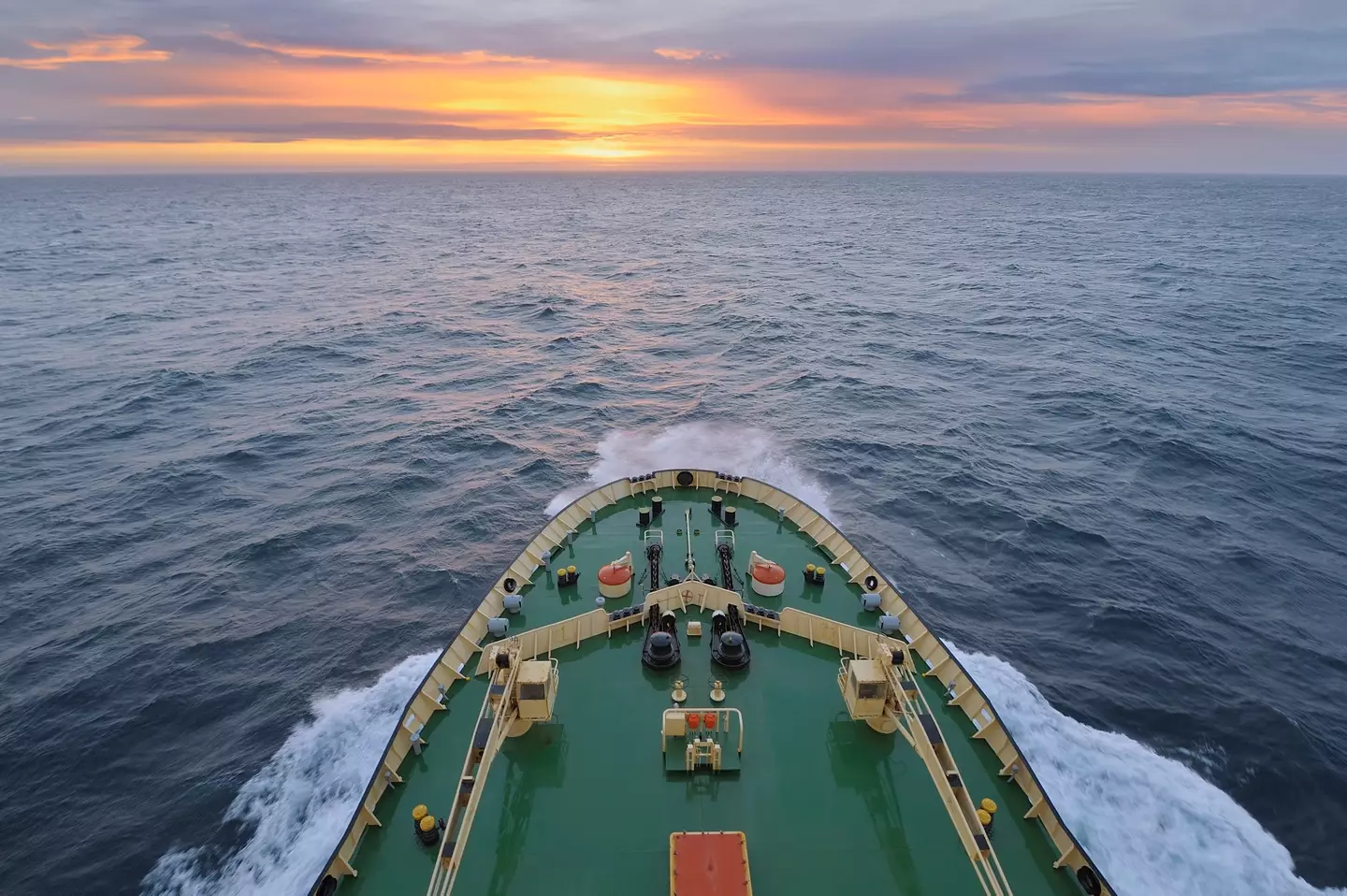
The Drake Passage is notorious for being one of the most perilous sea routes globally, primarily due to its extreme and unpredictable environmental conditions. Situated at the confluence of the Pacific, Atlantic, and Southern Oceans, the passage experiences a unique combination of powerful currents, fierce winds, and massive waves that contribute to its fearsome reputation.
Unforgiving Weather Patterns
One of the most critical factors that enhance the danger of the Drake Passage is its volatile weather. It often embodies the phenomenon known as the “Drake Shake,” which is characterized by rough seas, with waves that can reach heights of 50 feet (approximately 15 meters) during storms[1][4]. Such wave heights can create an illusion of 'walls' crashing down on vessels, making navigation extremely challenging[2].
The region experiences relentless winds that whistle across the open ocean without interruption from land. These winds, known as the 'Roaring Forties,' 'Furious Fifties,' and 'Screaming Sixties,' culminate in gale-force conditions that can exceed 63 mph. The lack of landmass allows these strong winds to build momentum, resulting in powerful storm waves that further complicate navigation[5][8]. Moreover, the Drake Passage exhibits rapid weather shifts; conditions can transform dramatically within a few hours, necessitating constant vigilance and adaptability from sailors[5].
Hazardous Ocean Currents and Waves

The Drake Passage is also impacted by some of the world's strongest ocean currents, particularly the Antarctic Circumpolar Current, which flows freely due to the absence of land resistance. This powerful current can produce surging waves and violent seas[11][15]. Accounts indicate that waves here can exceed 40 feet (12 meters), attributed to the convergence of various oceanic forces meeting in a relatively narrow channel[2][10]. This turbulence can create conditions not only treacherous for large vessels but also a cause for historical maritime tragedies.
Historically, the passage has seen the demise of more than 800 ships, claiming the lives of approximately 20,000 sailors over the years[6][10]. Modern ships are equipped with stabilizers, but the unpredictable nature of the passage still poses significant risks[16]. The turbulent conditions not only jeopardize smaller vessels but can lead to considerable dangers even for larger, well-equipped ships.
Icebergs and Navigational Challenges

The hazards in the Drake Passage are compounded by the presence of icebergs, especially during the austral summer when melting ice drifts northward. These icebergs present significant navigation challenges, as vessels must remain constantly vigilant to avoid potential collisions, which can be catastrophic[3][15].
Additionally, the remoteness of the Drake Passage exacerbates the situation; distances from major ports mean that assistance for distressed vessels can take hours, if not days, to arrive. This isolation makes effective self-sufficiency vital for ships navigating through the passage[1].
The Human Experience

Traveling through the Drake Passage can lead to significant discomfort for passengers, as the swaying of ships and the 'Drake Shake' can induce seasickness even among seasoned sailors. The experience of crossing can be starkly contrasting; while some may encounter calm conditions reminiscent of a 'Drake Lake,' others may face the brutal reality of violent storms in a matter of moments[11][13]. Explorer Charles Darwin famously described his own challenges with seasickness during his navigation, highlighting the passage's capacity to induce physical ailments among its travelers[14].
As the Southern Ocean remains unbroken by land, the unrestricted winds and turbulent waters create what is often likened to a 'ship graveyard,' enforcing the notion that crossing the Drake Passage is both adventurous and fraught with peril[5][9].
Conclusion
The multifaceted dangers of the Drake Passage stem from its extreme weather patterns, powerful currents, towering waves, iceberg hazards, and geographical isolation. Each of these elements contributes to a lethal environment that has historically claimed numerous lives and continues to challenge even the most skilled navigators. The combination of natural forces at play ensures that the Drake Passage retains its reputation as a daunting and dangerous route for any maritime endeavor.
Let's look at alternatives:
- Modify the query.
- Start a new thread.
- Remove sources (if manually added).
- Request a manual search from our human research team.
Let's look at alternatives:
- Modify the query.
- Start a new thread.
- Remove sources (if manually added).
- Request a manual search from our human research team.
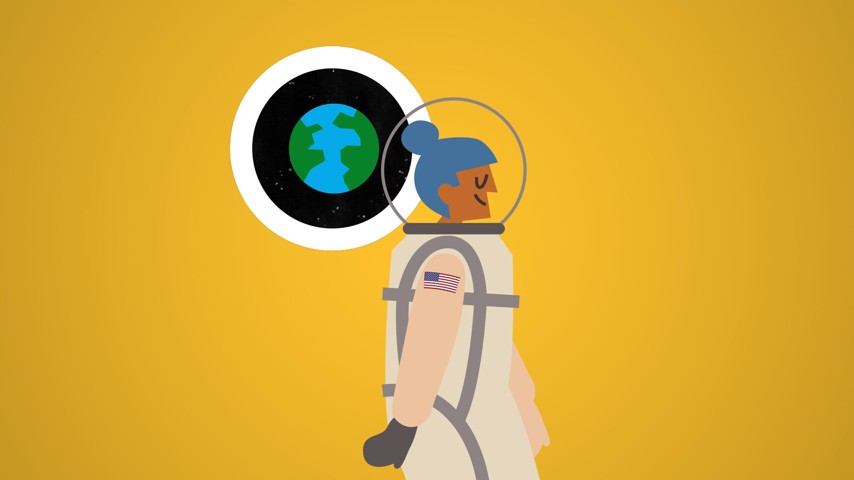
What makes something cool is primarily linked to the concept of autonomy, which means diverging from social norms in a way that feels appropriate. Caleb Warren explains that while autonomy is essential, it must be contextually suitable; for example, some behaviors can be autonomous yet viewed as inappropriate or unacceptable[4].
Additionally, Raymond Loewy's theory of 'Most Advanced Yet Acceptable' suggests that people prefer things that are both familiar and surprising. This balance encourages a blend of neophilia and neophobia—people are drawn to new ideas but also seek the comfort of familiarity[5][6]. Thus, something deemed cool typically embodies originality while still resonating with a sense of familiarity.
Let's look at alternatives:
- Modify the query.
- Start a new thread.
- Remove sources (if manually added).
- Request a manual search from our human research team.

The transportation sector is poised for a dramatic transformation over the next ten years, driven by technological advancements, changing consumer preferences, and an urgent need for sustainability. This report outlines how various dimensions of transportation technology are expected to evolve, examining the growth of autonomous vehicles, electrification, data usage, and the development of new mobility services.
Autonomous Vehicles and Innovations
A prominent trend in the upcoming decade is the widespread adoption of autonomous vehicles (AVs). Both startups and established manufacturers are focusing on developing semi and fully autonomous cars equipped with advanced driver-assistance systems (ADAS), light detection and ranging (LIDAR), and computer vision technologies. These innovations will enable autonomous last-mile deliveries through drones and driverless trucks, significantly reducing labor costs and improving delivery efficiency[2][8]. The push for autonomous operations will also include the integration of AVs with smart city infrastructure, revolutionizing urban mobility and transporting people and goods more efficiently[8].
Electrification and Energy Solutions

Electrification is another vital area expected to expand dramatically. The availability of advanced electric vehicle (EV) battery technology plays a crucial role in this shift. Innovations like better battery efficiency and new charging infrastructures will alleviate the pressure on public charging networks, making EVs more accessible and cheaper than traditional combustion engine vehicles[5][7]. In addition, emerging technologies like wireless charging will enable effortless energy replenishment for public transport routes, significantly reducing reliance on existing heavy charging infrastructure[5][8].
Furthermore, the introduction of eco-friendly ships and aircraft powered by renewable energy will also gain momentum, marking a significant reduction in carbon emissions associated with transportation[2][7].
Mobility as a Service (MaaS)
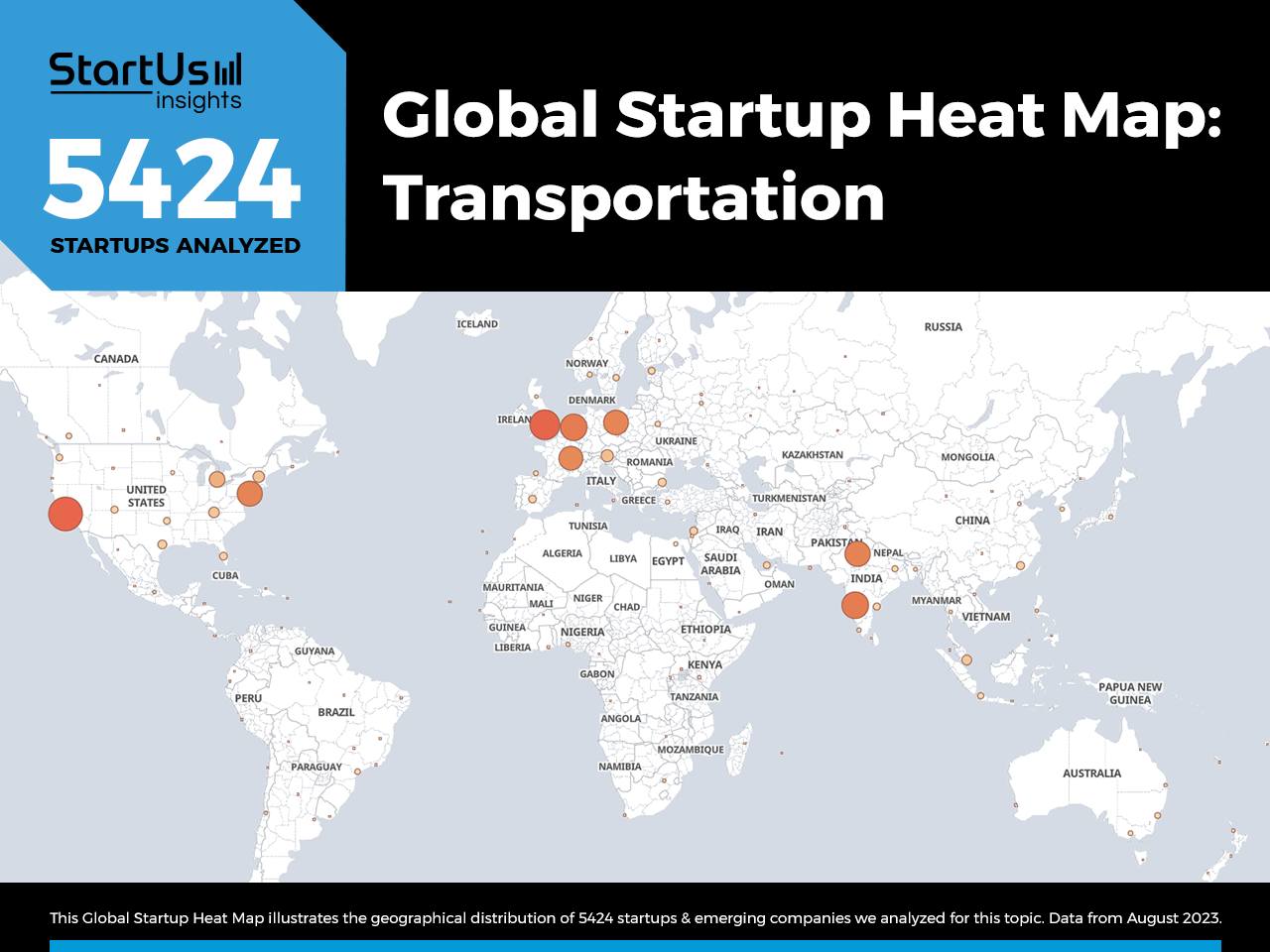
Mobility as a Service is poised to reshape transportation by integrating various forms of transport services into a single accessible offering. MaaS applications allow users to plan journeys using multiple modalities of transport seamlessly and facilitate payments through a single platform. The revenues from MaaS are projected to reach $1 trillion by 2030, reflecting the vast potential of this service model to enhance urban transportation efficiency while reducing congestion and emissions[7][9]. Such systems are essential as urbanization continues to grow; with 68% of the global population projected to live in urban areas by 2050, efficient transport systems are critical[7].
Data and Connectivity
The rising significance of data analytics and connectivity cannot be ignored. Transportation systems will increasingly rely on AI and big data to enhance operational efficiency and decision-making. This integration allows for real-time tracking of vehicles, optimization of traffic flow, and improved safety measures through predictive analytics[3][6]. As vehicles become more connected, data-driven insights will enable advanced traffic management systems, considerably reducing congestion and emissions while enhancing the user experience[6][8].
Sustainability and Environmental Impact
Decarbonization remains a top priority for the transportation sector, forming a core aspect of its future development. Government initiatives and public sentiment are shifting toward greener transportation options, with over 150 cities implementing measures to limit private vehicle use and encourage sustainable mobility[1][3]. The transportation sector is currently a significant contributor to global greenhouse gas emissions, making sustainability efforts crucial for long-term impact[5][6].
Efforts to adapt to green technologies will be evident within the shipping and freight sectors as well. For instance, the development of hydrogen fuel cell technology and electric aircraft is expected to become more common, supporting transitions away from fossil fuels[4][7][8].
Changing Consumer Preferences

Consumer attitudes towards transportation are changing rapidly as perceived ownership models shift. A notable proportion of potential users are open to replacing private vehicles with shared mobility options. Findings indicate that 46% of respondents in a consumer survey expressed willingness to switch from private cars to alternative transport methods in the coming decade[1]. This shift towards shared and micromobility options further emphasizes the evolving landscape of transportation, where convenience and environmental impact take precedence[8][9].
The cultural shift away from vehicle ownership may also manifest in the rise of subscription-based transportation models, echoing trends seen in other industries like media[4][5].
Conclusion
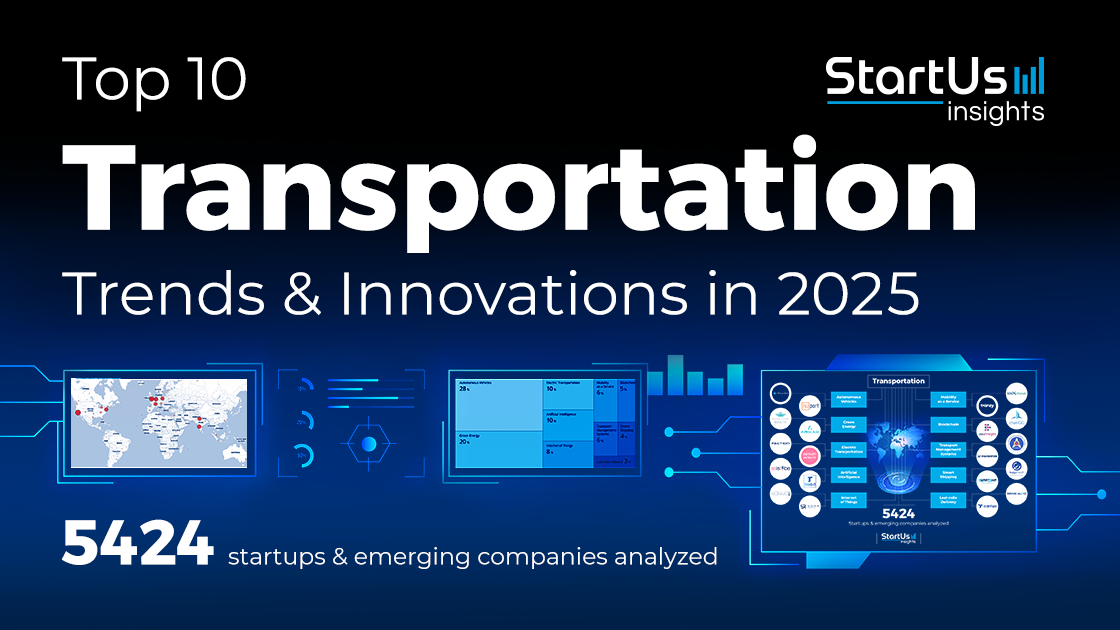
The next decade will be marked by significant advancements in transportation technology, facilitated by autonomous operations, electrification, and an increasing focus on sustainability. The integration of diverse mobility services and the use of data-driven insights will enhance the efficiency, safety, and enjoyment of urban mobility. As societal norms shift towards greener, more connected options, the transportation landscape will evolve into a more intelligent, seamless, and environmentally friendly ecosystem. The industry is not just adapting to consumer demands but also responding proactively to the pressing need for sustainable solutions in the face of climate change challenges.
Let's look at alternatives:
- Modify the query.
- Start a new thread.
- Remove sources (if manually added).
- Request a manual search from our human research team.






